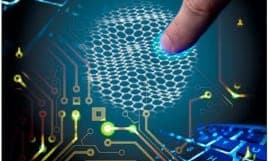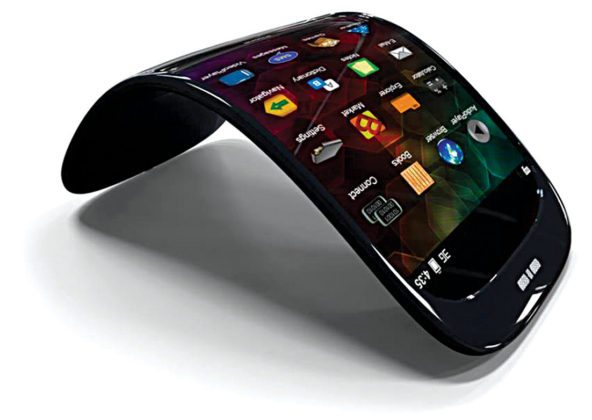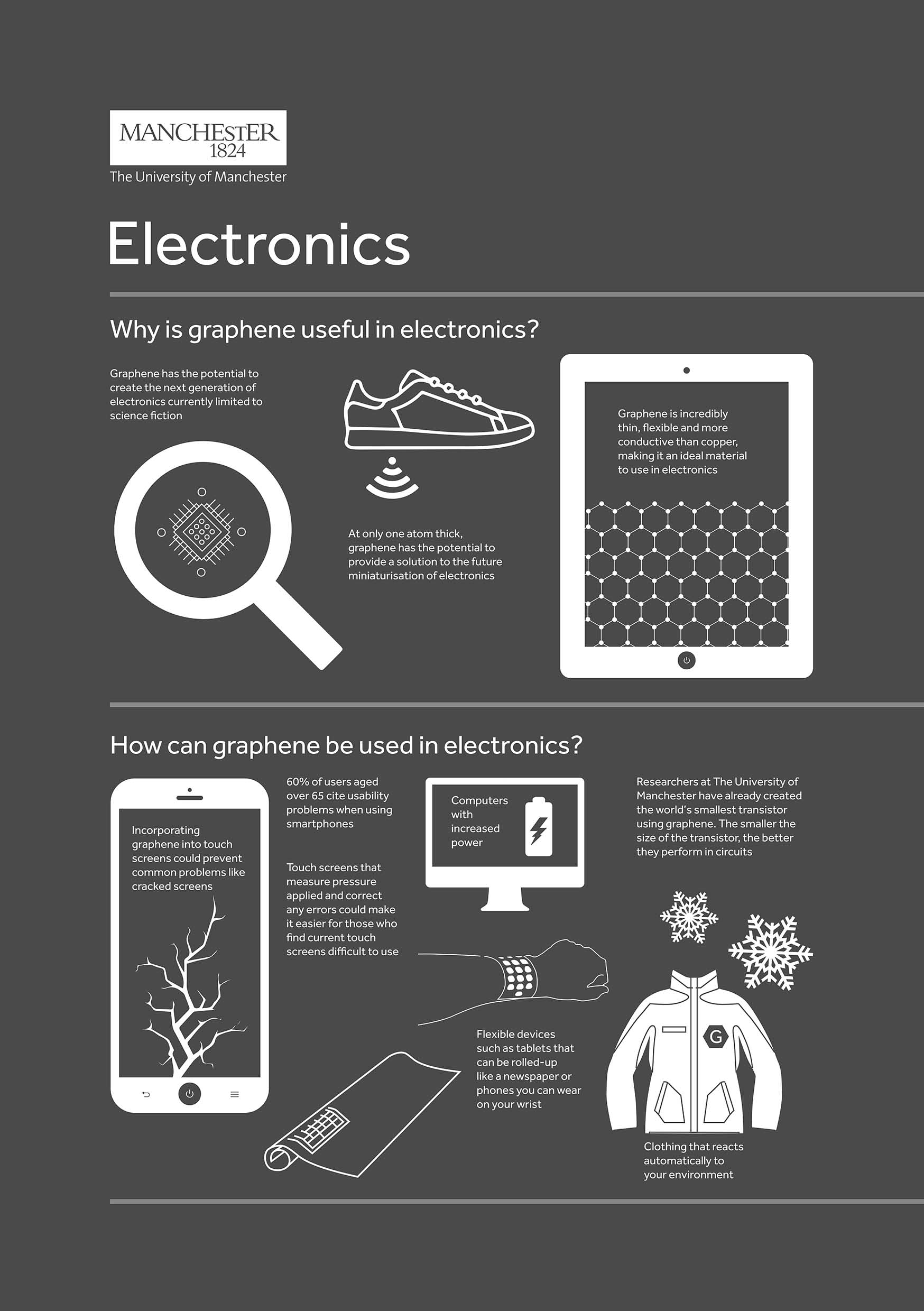
RESOURCE · 13/4/2023
Graphene in Electronics
Graphene can be used as a coating to improve current touch screens for phones and tablets.
| OP |

Graphene
Graphene is a material composed of pure carbon; in fact, its chemical composition is identical to diamond or graphite, the difference lies in the structure in which the atoms of this element are organized . In the case of graphene, the structure of the atoms and the bonds between them form a kind of hexagonal structure.
.jpg)
Importance of Graphene in Electronics
Graphene is a very flexible and resistant material , it is transparent, it is capable of self- cooling and self-healing, it has a very low resistivity, consumes less energy than silicon and is also capable of generating electricity in the presence of light and, following the comparison with silicon, can also be doped with other materials to vary its properties.
With the traditional method of obtaining by removing the graphite with adhesive tape, graphene of very high quality is obtained, but the quantity produced is minimal and is insufficient for industrial use.
Graphene in the field of Electronics
In 2008, IBM announced one of its R&D works with graphene, developing transistors that worked at 26 GHz, a level that would surpass years later reaching 100 GHz and 300 GHz. Samsung is another of the companies that have worked with graphene in the development of transistors and presented the Barristor, a transistor of silicon and graphene that is ideal to work in applications with very fast commutations and open the door to the development of microprocessors capable of reaching hundreds of GHz or even reach the operating frequency THz.

Applications of Graphene in Electronics
Graphene could be used in the manufacturing of microchips or transistors, both essential elements in virtually all electronic devices. There are several companies that are already developing conductive inks, which is a type of ink that conducts electricity and is used to print circuits, from graphene. In addition, due to its special characteristics, the electronic components of this material will allow the development of flexible devices that can be rolled or folded according to the requirement.
The use of graphene will allow the development of much faster computers and with a lower power consumption than current silicon. In addition, it is estimated that a hard drive of this compound, the same size as one of those currently used, could store up to a thousand times more information.

The future of Graphene in Electronics
The use of Graphene in electronics is being explored due to its exceptional properties. It conducts electricity better than any other known material, it is very resistant, it does not break, it is flexible and transparent. Graphene is the material of the future and because of its thinness, it could be the key for researchers to develop better and cheaper electronic devices in the future. It is required to manufacture Graphene with extraordinary properties by new production method that is quick and inexpensive.
Graphene is opening the doors to a future of much smaller and more powerful devices: a world in which we can work with high-speed devices and transmit data wirelessly at speeds of the order of the terabits per second and visualize all this information in flexible screens that recover their original form after suffering any kind of deformation.
